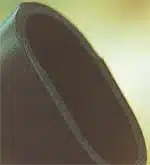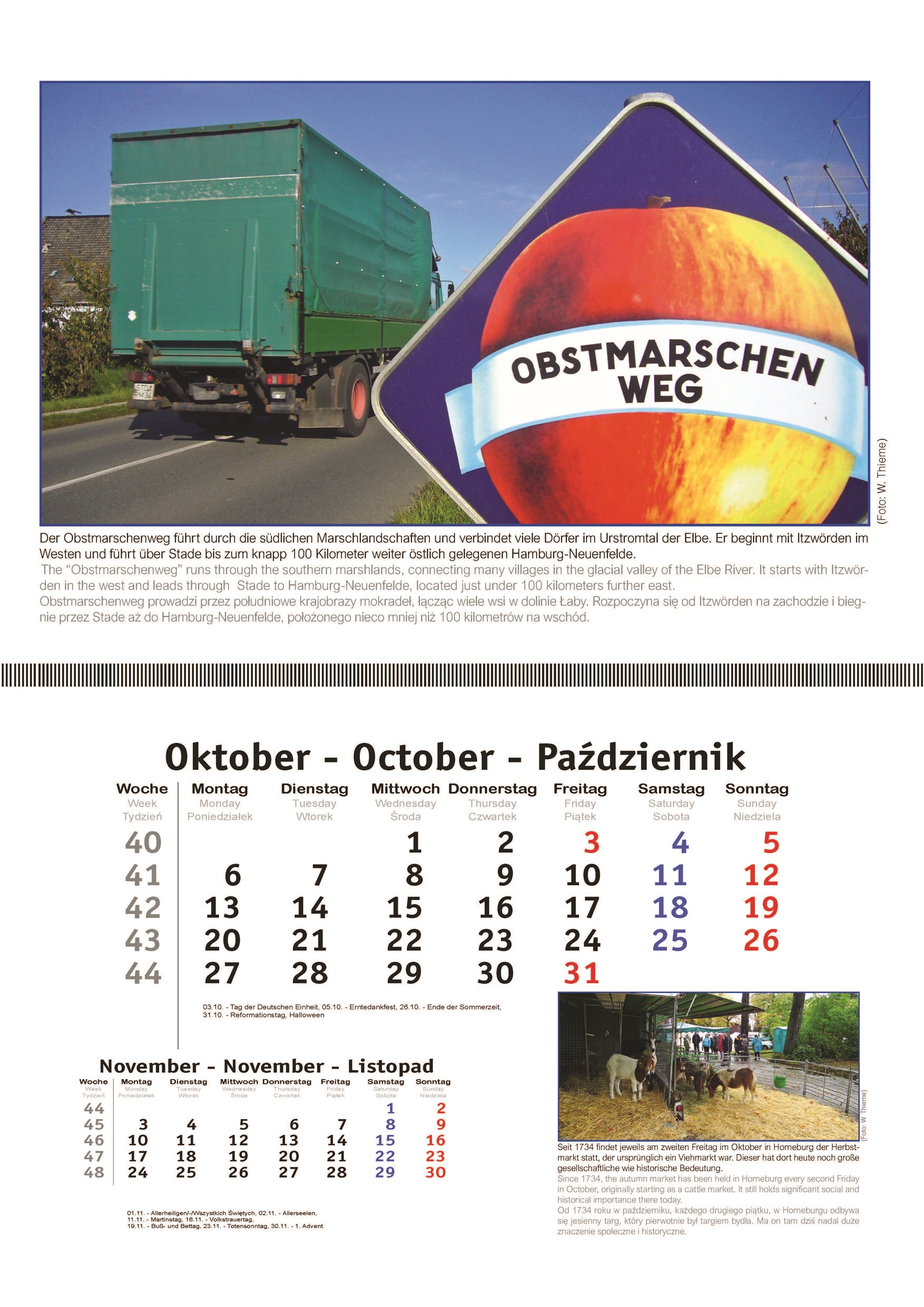Crosslinked CPE
Crosslinked chlorinated polyethylene (CPE) is produced by crosslinking chlorinated polyethylene, a thermoplastic material formed by chlorinating low-density polyethylene (HDPE). The crosslinking of CPE can be achieved through chemical or radiation-induced processes.

Chemical crosslinking of CPE is carried out using crosslinking agents such as peroxides or azo compounds, which generate free radicals at high temperatures and pressures, initiating the crosslinking of CPE. On the other hand, radiation crosslinking of CPE involves the use of gamma or electron radiation, which breaks the molecular chains of CPE and enables the formation of crosslinks.
The practical significance of crosslinking CPE lies in the improvement of its properties. Crosslinked CPE exhibits higher strength, hardness, and stiffness compared to non-crosslinked CPE. Additionally, crosslinked CPE is more resistant to chemicals, temperature variations, and UV radiation.

The choice between chemical and radiation-induced crosslinking depends on the requirements of the application. Chemical crosslinking is more cost-effective and easier to control, but the use of crosslinking agents may lead to impurities and undesired properties. Radiation crosslinking is more expensive and requires specialized equipment, but it offers more precise control over the crosslinking process and results in higher purity of the crosslinked material.
Overall, crosslinked CPE is a versatile material with improved properties that can be used in various applications, including cable insulation, hoses, seals, and pipelines.



